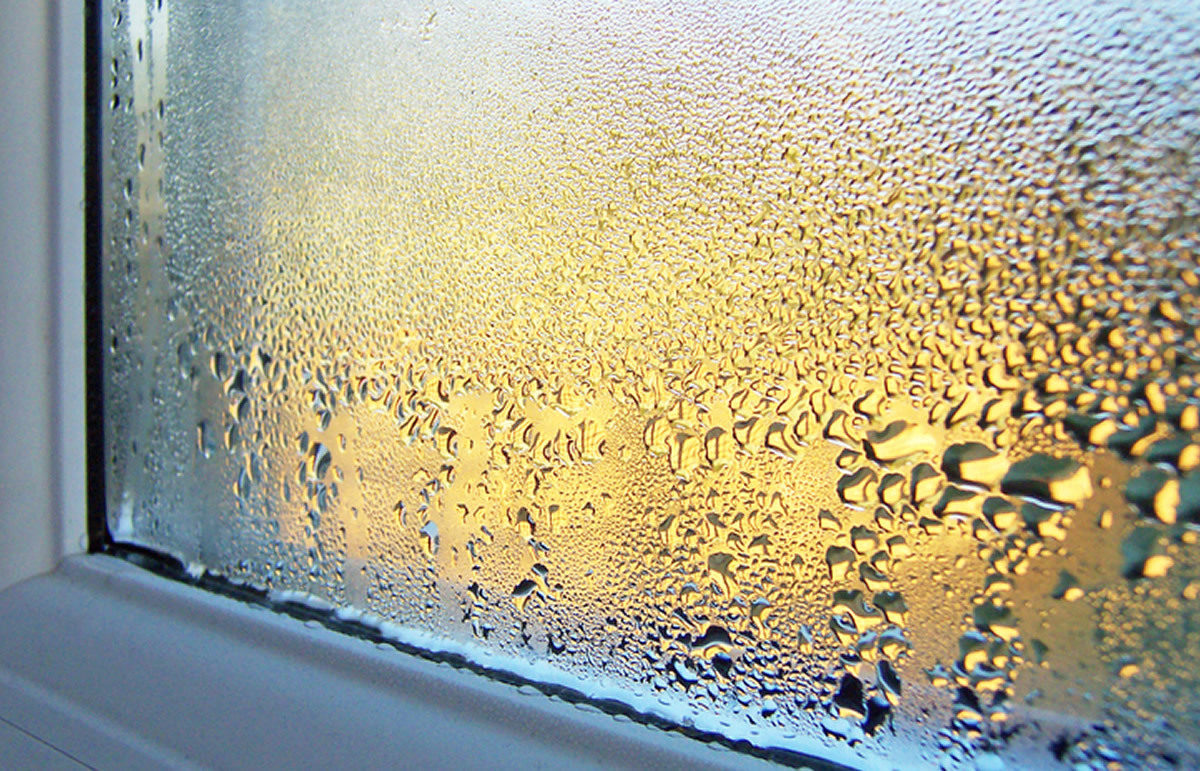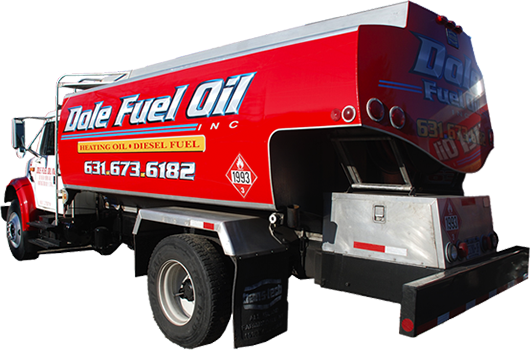Humidity is the amount of water vapor in the air around you. We need humidity in our home for our comfort, but too little or too much can become problematic. If humidity is left to its own devices, it can create issues that bring costly repairs. It can also lead to various health threats and illnesses, including asthma and respiratory infections.
The optimal level of humidity for your home depends on your personal preferences, level of physical activity and outside temperature. Cold, winter air contains less water, so the humidity is lower. Low humidity can cause dry, itchy skin, increased susceptibility to colds and infections and damage to wood furniture and floors. Warm summer air holds more moisture, leading to higher humidity levels. High humidity causes mold growth, sleep discomfort and muggy conditions.
Achieving the ideal home humidity levels for your home is not easy. Below are a few methods on how to control humidity in your home before it creates problems.
Adding Humidity In the Winter
Winterize doors and windows. Older homes or homes that are poorly insulated can have a problem with windows sweating on the inside during the winter. This typically occurs when the temperature drops below 40˚F. If you have this problem, the humidity level in your home is probably a bit too high. Snow and ice leakage mixed with heat creates humidity that sits along surfaces. To prevent this moisture from seeping into your home, install weather stripping around doors and windows for increased insulation.
Place water basins near your heating system. Place a pan of water in front of the heat vents in your home. As the dry, hot air blows across the surface of the water, it evaporates, which then moves across the room toward the bed. On a cold night when your heat runs frequently, this method can put as much as 3 cups of water into the air in each room of your house.
Use a humidifier. Running a humidifier adds moisture to heated, dry air. The moist air will help keep your mouth, skin, and nose lubricated, and help to prevent static shocks. A comfortable home humidity level is between 30% and 50%. Running your humidifier higher than that could lead to other issues, including mold, fungus, and dust mites. Always be sure to keep your humidifier clean so that germs and dust don’t get circulated through the air.
Eliminating Humidity In the Summer
Use Your Air Conditioner. Modern air conditioners serve as dehumidifiers. They remove excess moisture from the air, pathogens and allergy causing materials. The main function of your home’s air conditioner is to control temperature. Today’s air conditioners are also capable of keeping a home’s air in balance.
Monitor Plant Watering. Watering indoor plants in the summer can leave your home feeling muggy. It is a good idea to move plants outdoors in the summer to let the moisture evaporate into the air, preventing excess humidity from lingering inside the house.
Invest in a Dehumidifier. One sure way of controlling humidity in the home is to use a dehumidifier. This is especially useful for those on the go and elderly people who might not have the time or the physical stamina for opening windows and shifting plants. These machines are inexpensive and easy to use and only require filter changes every month or so.
Clear Drains. Drains outside the home can hold water, bringing moisture inside the home. This standing water can cause crawl spaces and basements to become excessively damp. This dampness can cause mold, leading to allergies and other respiratory problems.
Crawl Space and Basement Fans. The basement and crawl space are good places combat excessive humidity in your home. A heavy winter rain or excessive summer rain can send the humidity rate higher than normal. A good fan in these areas of the home will help reduce humidity. Installing a sump pump with a French drain can improve the chances of keeping your basement dry in extremely wet weather.
Seasonal humidity can affect indoor home comfort. It is important to properly manage the humidity in your home during all seasons in order to make the time you spend there much more enjoyable. If you are concerned about managing home humidity levels in your home, consult with one of Dole Fuel Oil’s trusted, professional heating experts to ensure that your systems are keeping your home environment healthy and comfortable.


